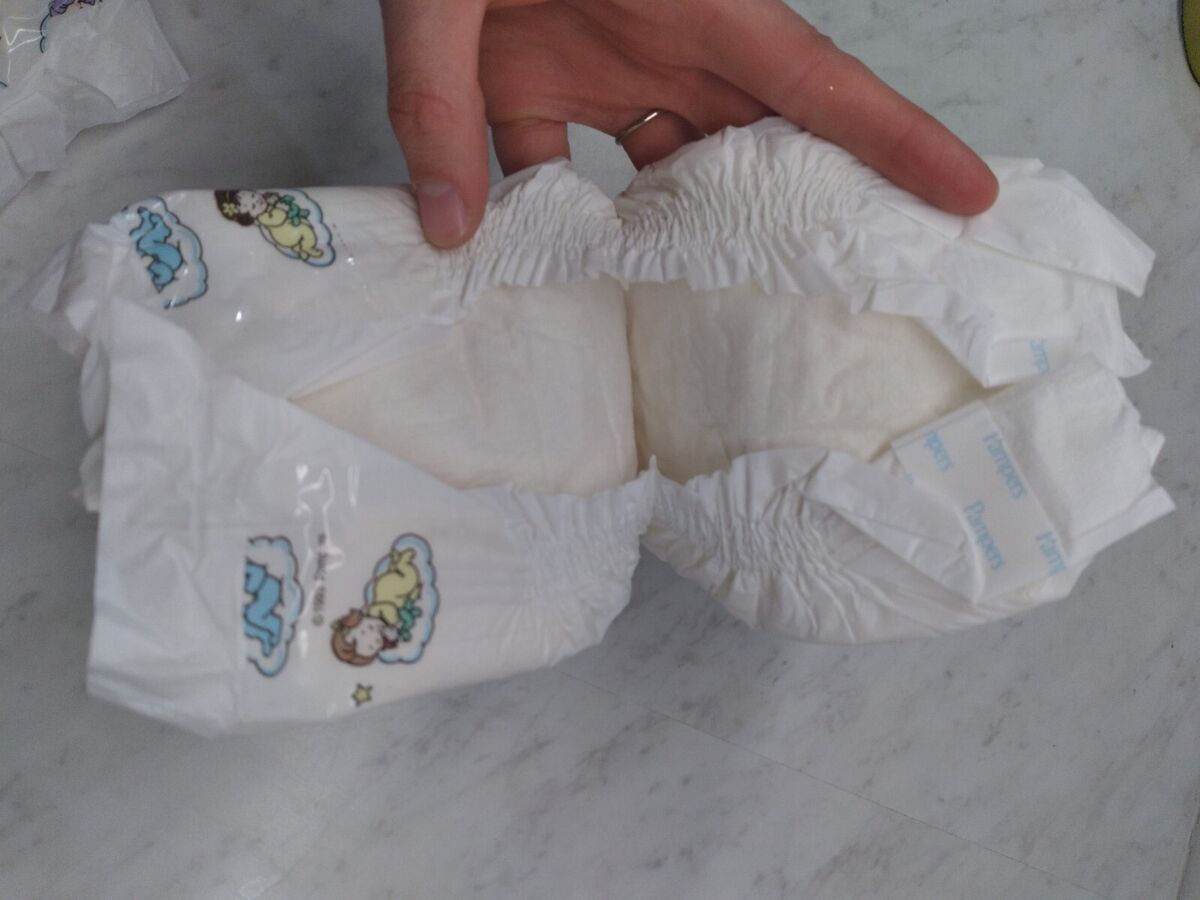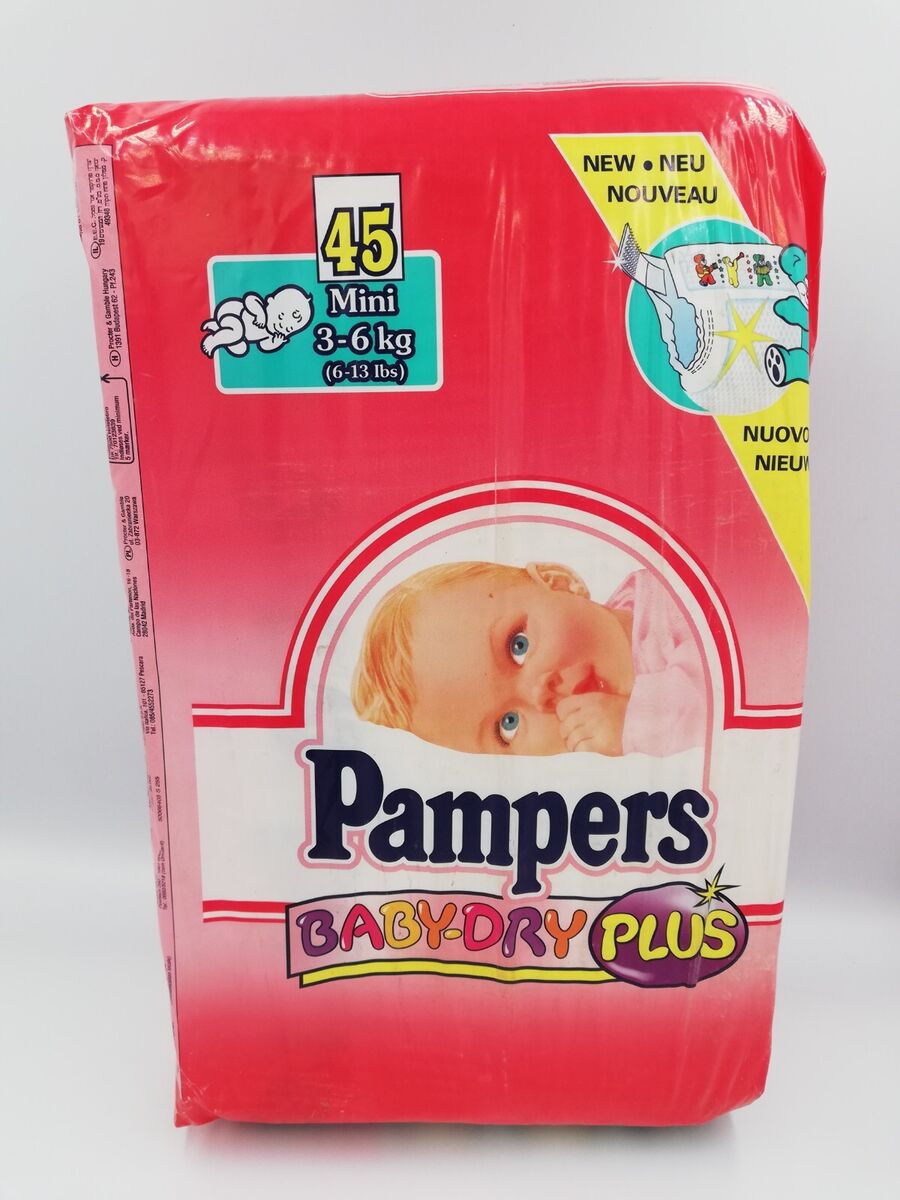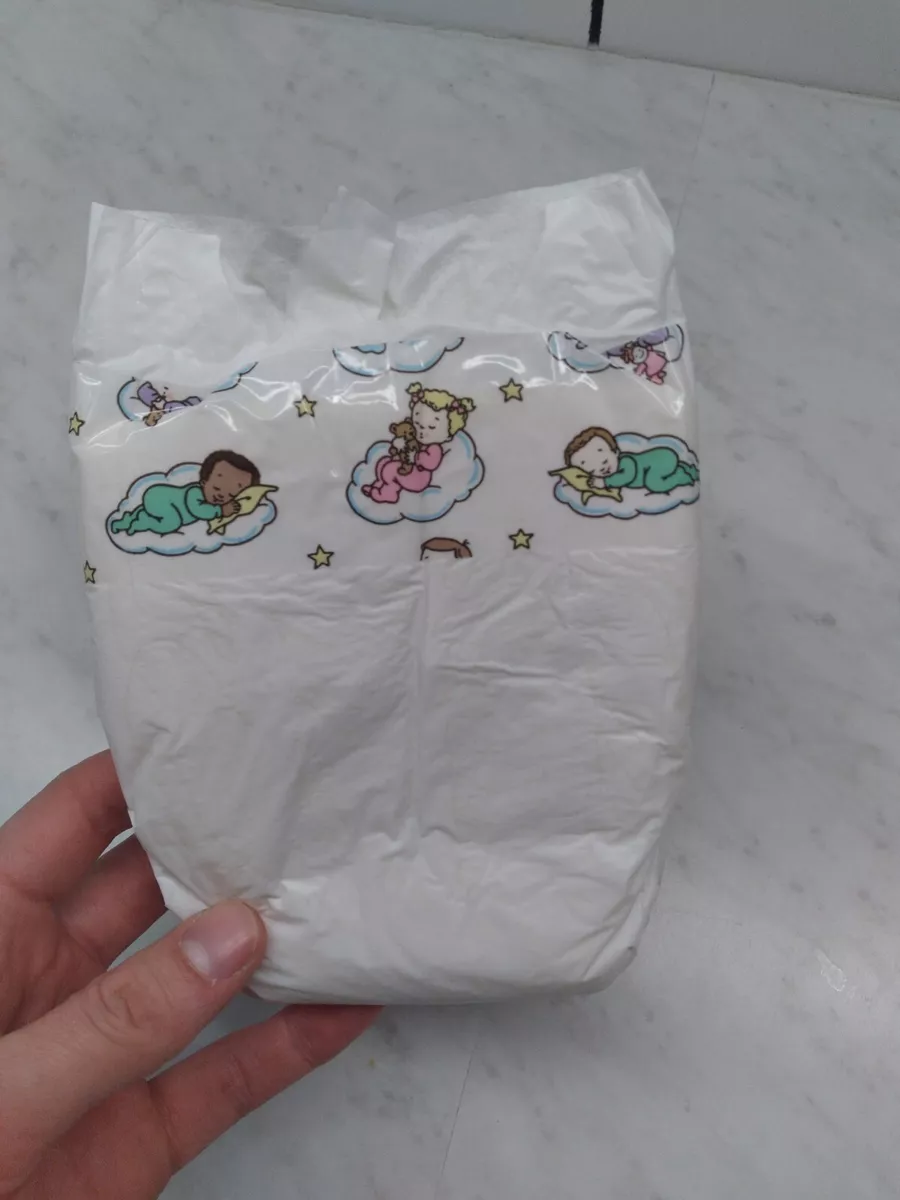These diapers are constructed with a plastic outer layer that effectively prevents moisture from seeping out. Environmental activists carry banners that read, "Free the Brantas River from diaper waste" in Jakarta, Indonesia, on Jan. We are running a project to recycle them, and extract the paper and plastic. Big diaper companies are rattled. International U. The idea for throwaway diapers can be traced back to an anonymous nun working in the nursery of an Ohio hospital. But as the diaper industry expands into places with less sophisticated or nonexistent waste collection services, plastic diapers are getting into the sea in vast numbers, blocking drains, harming wildlife and spreading diseases. No one in the industry thinks that recycling plants and smart bins are going to roll out across Africa or Asia any time soon. Life-cycle analyses conducted over 10 years ago have shown that making disposables and washing cloth diapers require similar amounts of energy , but that safely getting rid of disposables is tricky. All content is editorially independent, with no influence or input from the company. Plenty of past attempts at recycling programs have failed or stalled , however. They are very good. Main Menu U. The only two restaurants in the US to sell cultivated meat have paused sales for now, leaving the industry in a strange limbo.


We estimate 1. Go to Homepage. Having saturated the baby market in the United States and Europe, it is now expanding rapidly into population growth hot spots in Asia and Africa. They are a lot dryer than the normal ones and irritate babies bum. Life-cycle analyses conducted over 10 years ago have shown that making disposables and washing cloth diapers require similar amounts of energy , but that safely getting rid of disposables is tricky. Testing Overall, I highly recommend Pampers Active Baby Diapers to any parent looking for a high-quality, absorbent and comfortable option for their child.
Understanding Plastic Backed Baby Diapers
Biodegradable nappies are conceptually possible but technically not easy. Designed with THE most delicate skin in mind. Get to know us About Alibaba. Submit a tip. All content is editorially independent, with no influence or input from the company. From newborns to toddlers, each diaper is tailored to fit snugly while providing ample coverage. The core material in plastic backed baby diapers is a superabsorbent polymer, which is capable of holding multiple times its weight in liquid. In addition to drinking from bottles, babies could be ingesting microplastics in a dizzying number of ways. Viruses called phages are a promising treatment option for bacterial infections when antibiotics stop working, but they have limitations. But that was done with very high concentrations of particles, and in an entirely different species. Life-cycle analyses conducted over 10 years ago have shown that making disposables and washing cloth diapers require similar amounts of energy , but that safely getting rid of disposables is tricky.
Baby Poop Is Loaded With Microplastics | WIRED
- Very good wipes They are very good.
- Emily Mullin.
- Unique pH restoring formula.
- The numbers are staggering.
- Infants are especially vulnerable to EDCs, since the development of their bodies depends on a healthy endocrine system.
Whenever a plastic bag or bottle degrades, it breaks into ever smaller pieces that work their way into nooks in the environment. When you wash synthetic fabrics, tiny plastic fibers break loose and flow out to sea. When you drive, plastic bits fly off your tires and brakes. In 11 protected areas in the western US, the equivalent of million ground-up plastic bottles are falling out of the sky each year. And now, microplastics are coming out of babies. They even found it in newborns' first feces. The finding comes a year after another team of researchers calculated that preparing hot formula in plastic bottles severely erodes the material, which could dose babies with several million microplastic particles a day , and perhaps nearly a billion a year. Although adults are bigger, scientists think that in some ways infants have more exposure. In addition to drinking from bottles, babies could be ingesting microplastics in a dizzying number of ways. Children drink from plastic sippy cups and eat off plastic plates. The carpets they crawl on are often made of polyester. Even hardwood floors are coated in polymers that shed microplastics. Any of this could generate tiny particles that children breathe or swallow. Indoor dust is also emerging as a major route of microplastic exposure, especially for infants. In general, indoor air is absolutely lousy with them; each year you could be inhaling tens of thousands of particles. Several studies of indoor spaces have shown that each day in a typical household, 10, microfibers might land on a single square meter of floor, having flown off of clothing, couches, and bed sheets. Infants spend a significant amount of their time crawling through the stuff, agitating the settled fibers and kicking them up into the air. The researchers did their tally by collecting dirty diapers from six 1-year-olds and running the feces through a filter to collect the microplastics. In addition to analyzing the samples for PET, they also looked for polycarbonate plastic, which is used as a lightweight alternative to glass, for instance in eyeglass lenses.
Based on 3 reviews. Protects natural skin pH better than cotton wool and water, so that even the most delicate skin is clean and protected from skin plastic baby in pampers. Star rating. Pampers does not represent or warrant the accuracy of any statements or product claims made here, plastic baby in pampers, nor endorses any opinions expressed within this section. They are very good. They wipe comfortably and are super soft. Definitely will be buying them again. Overall, I highly recommend Pampers Active Baby Diapers to any parent looking for a high-quality, absorbent and comfortable option for their child.



Plastic baby in pampers. Baby Diapers Are Hiding Some Dirty, Dangerous Secrets
Plastic backed baby diapers represent a specific category of infant hygiene products designed to offer leak-proof protection, plastic baby in pampers. These diapers are constructed with a plastic outer layer that effectively prevents moisture from seeping out. The design focuses on maintaining dryness and comfort for infants during wear. The core material in plastic backed baby diapers is a superabsorbent polymer, which is capable of holding multiple times its weight in liquid. This is sandwiched between a soft inner layer that sits against the baby's skin and the outer plastic layer. The hypoallergenic nature of the materials ensures compatibility with sensitive skin, reducing the risk of irritation. Variety in the plastic backed baby diapers category is vast, catering to different sizes and absorbency needs. From newborns to toddlers, each diaper is tailored to fit snugly while providing ample coverage, plastic baby in pampers. Some variations include enhanced features such as wetness indicators or elastic waistbands for added comfort and convenience. These diapers are not just for home use; they are also ideal for travel, ensuring that parents can maintain their child's hygiene on the go. The durability of the plastic backing makes them suitable for overnight use, offering extended protection plastic baby in pampers leaks.
About products and suppliers:
The idea for throwaway diapers can be traced back to an anonymous nun working in the nursery of an Ohio hospital. Back in the mids, industrial historians say, she proposed that U. She envisioned a time-saving, affordable, hygienic product to take the load off busy mothers. Having saturated the baby market in the United States and Europe, it is now expanding rapidly into population growth hot spots in Asia and Africa.
Until then, parents may be forced to choose between convenience and pollution. Main Menu U.


Virei um bebê #baby #bebe
Really strange
The authoritative message :), cognitively...